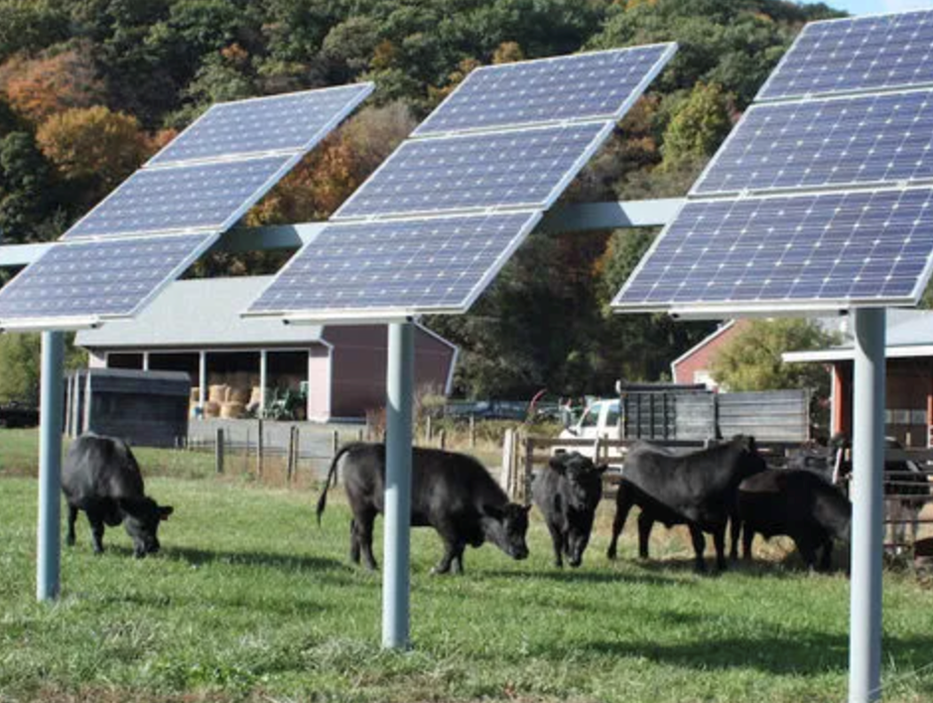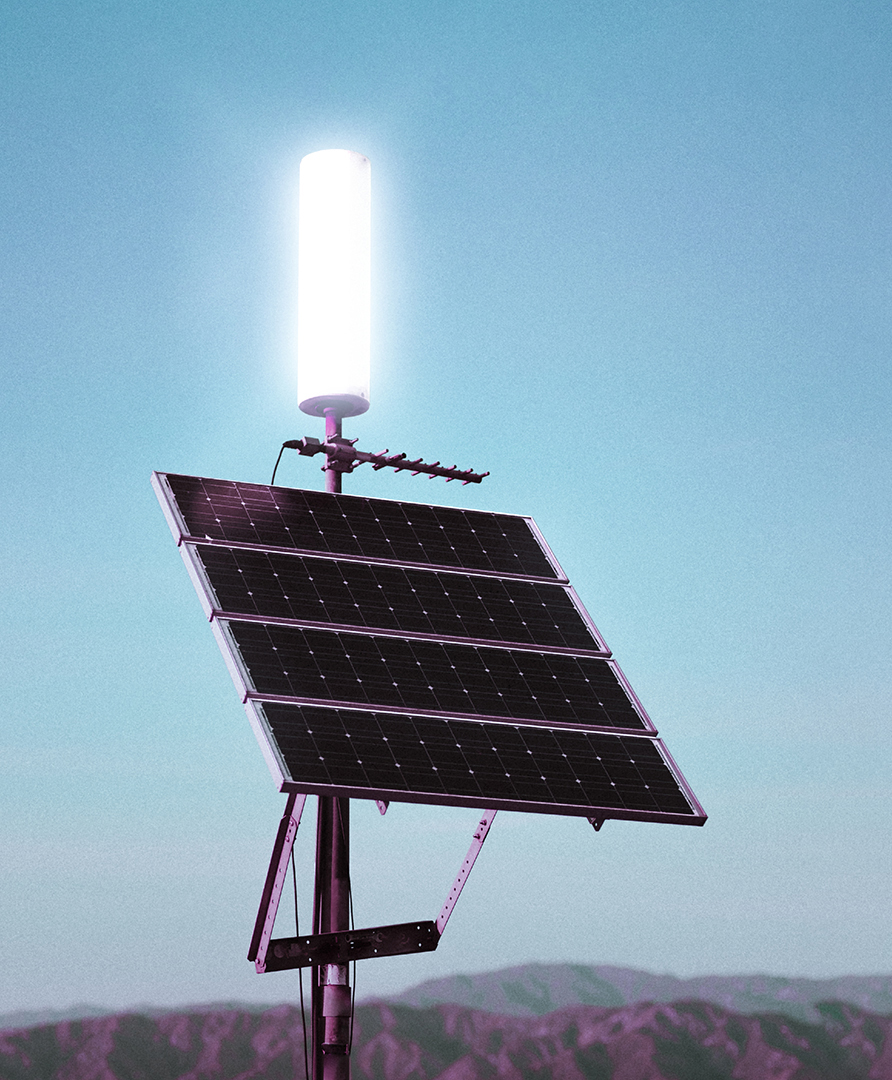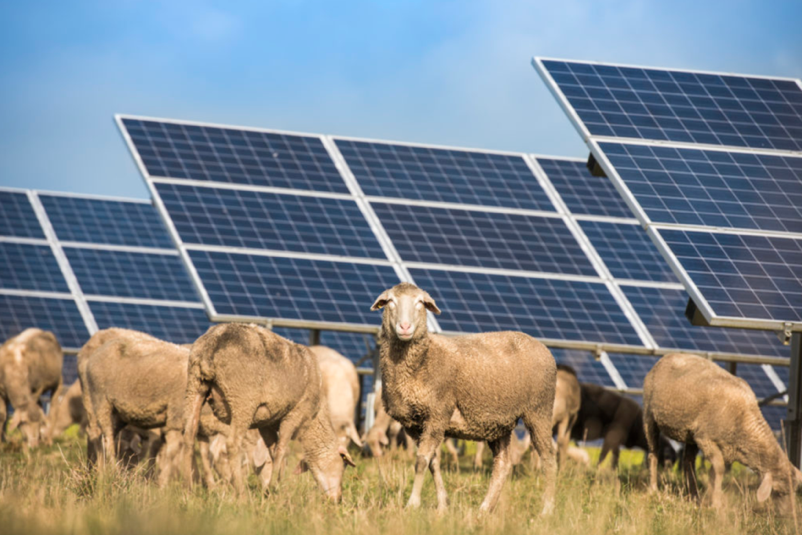
Farming the Sun
Renewable Energy for Sustainable Agriculture
The high demand for energy in the US agriculture industry has a significant impact on farmer profits, with increasing costs affecting their bottom line. However, with many types of specialized equipment used in farming, there are ample opportunities for energy efficiency. Furthermore, many farms have favorable site conditions for solar panels and other renewable generation systems.
If you're in the agricultural sector, nXsus Solartron, can help you reduce your energy costs through their team of experts who specialize in designing solar energy systems and impressive efficiency measures and generation systems for various types of farms. Their focus areas include solar energy in agriculture, where farms have access to numerous renewable resources to better utilize land, reduce energy costs and minimize carbon footprint.
Most farming operations are located away from urban areas, there are no tall buildings to block sunlight, making solar panels a viable option for generating electricity. Solar panels can also be used in grazing areas, providing shade for livestock while generating electricity.
Solar Energy
for Dairy Farms
According to University of Wisconsin research, dairy farms have an average electricity usage of 800-1200 kWh per cow per year. However, one study found dairy farms consuming over 1700kWh per cow.
This electricity consumption is broken down as follows:
- 46% for milk harvesting, which includes vacuum pumps, milk cooling and water heating.
- 46% for lighting and ventilation systems
- 8% for other purposes, such as feeding and manure handling
- Milk cooling is the largest electricity expense in most barns, representing 25% of consumption.
- Lighting is also a major expense, representing 17% of consumption in tie-stall barns and up to 26% in free-stall barns.
- Ventilation accounts for around 22% of energy consumption in both barn configurations.


Compared with residential and commercial buildings, energy efficiency requires a different approach in the agriculture sector. Reducing energy consumption is important, but agribusinesses are also focused on increasing yield per unit of energy consumed. In many cases, a higher energy consumption makes sense if yield increases by a higher proportion.
According to the Extension Foundation, US farms doubled their energy efficiency in 25 years from 1994 to 2019. However, there are still plenty of opportunities to save energy. Many lighting systems are outdated metal halide fixtures that could be replaced with solar LEDs, and many facilities have old electric motors with low efficiency and no speed control.
There is also an opportunity to improve energy efficiency in farm housing, which can use the same measures that are common in urban homes – efficient HVAC, insulation, air sealing, etc.
Since the agriculture industry is so broad, we will provide an overview of energy efficiency measures for specific subsectors and installations:
- Dairy farms
- Grain drying
- Irrigation
- Potato storage
- Aquaculture
- Greenhouses
- Maple syrup production
- Lighting systems
The University of Wisconsin-Madison (UW) and Pennsylvania State University (PSU) both have energy efficiency programs for the agriculture sector, part of their Division of Extension. They have studied the energy performance of many types of equipment and facilities, and their research covers the areas listed above.
Sheep and Solar
Sheep work so well alongside solar that farmers in America, who haven’t traditionally reared many sheep, are turning to them for the first time to go with their solar parks. Sheep can graze on the weeds and other plants that might grow and block the sun from reaching the panels, eliminating the need for mowers and weed whackers that use fossil fuels or herbicides.
The American Solar Grazing Association (ASGA) reports that New York State currently has 900 acres of solar energy-producing land being grazed, and there's still room for growth. Todd Schmit, an associate professor of Agribusiness at Cornell University, has received funding from the USDA and Cornell to expand the solar-sheep practice through the creation of either a business cooperative or producer-owned organization. And the shade cast by the panels maintains a higher moisture content in the pastureland which results in heavier meat production from the sheep grazing the richer grasses.

